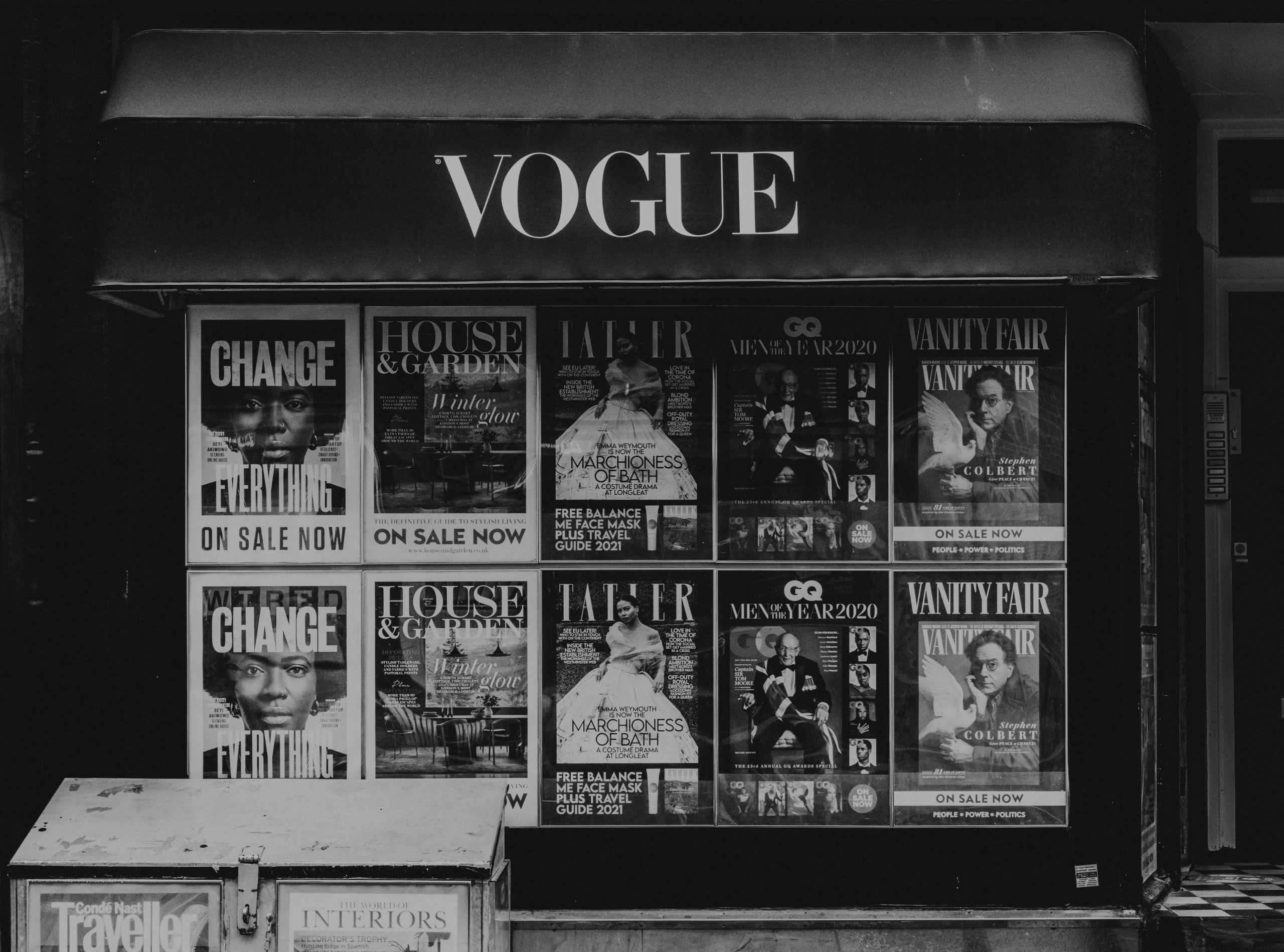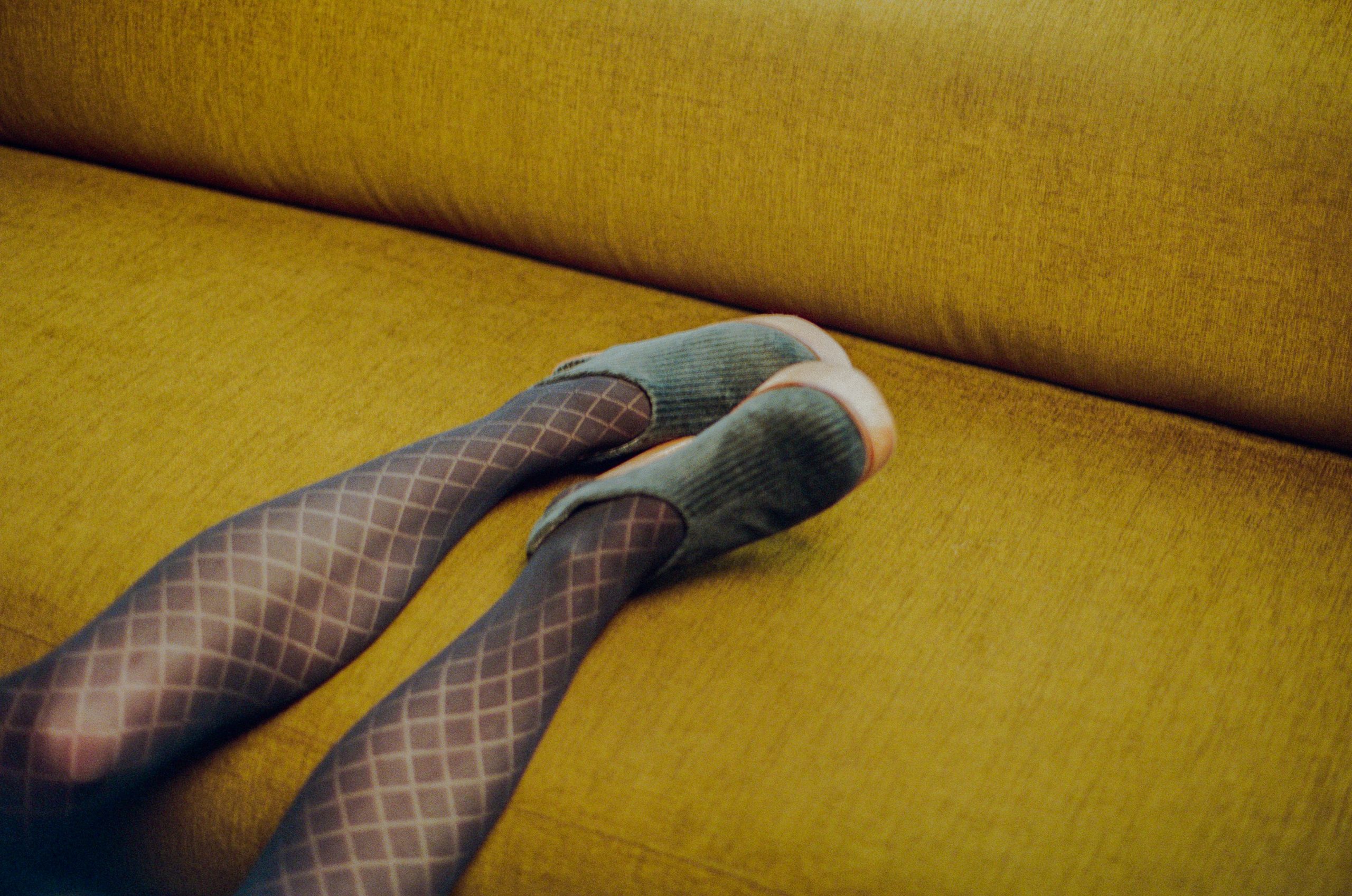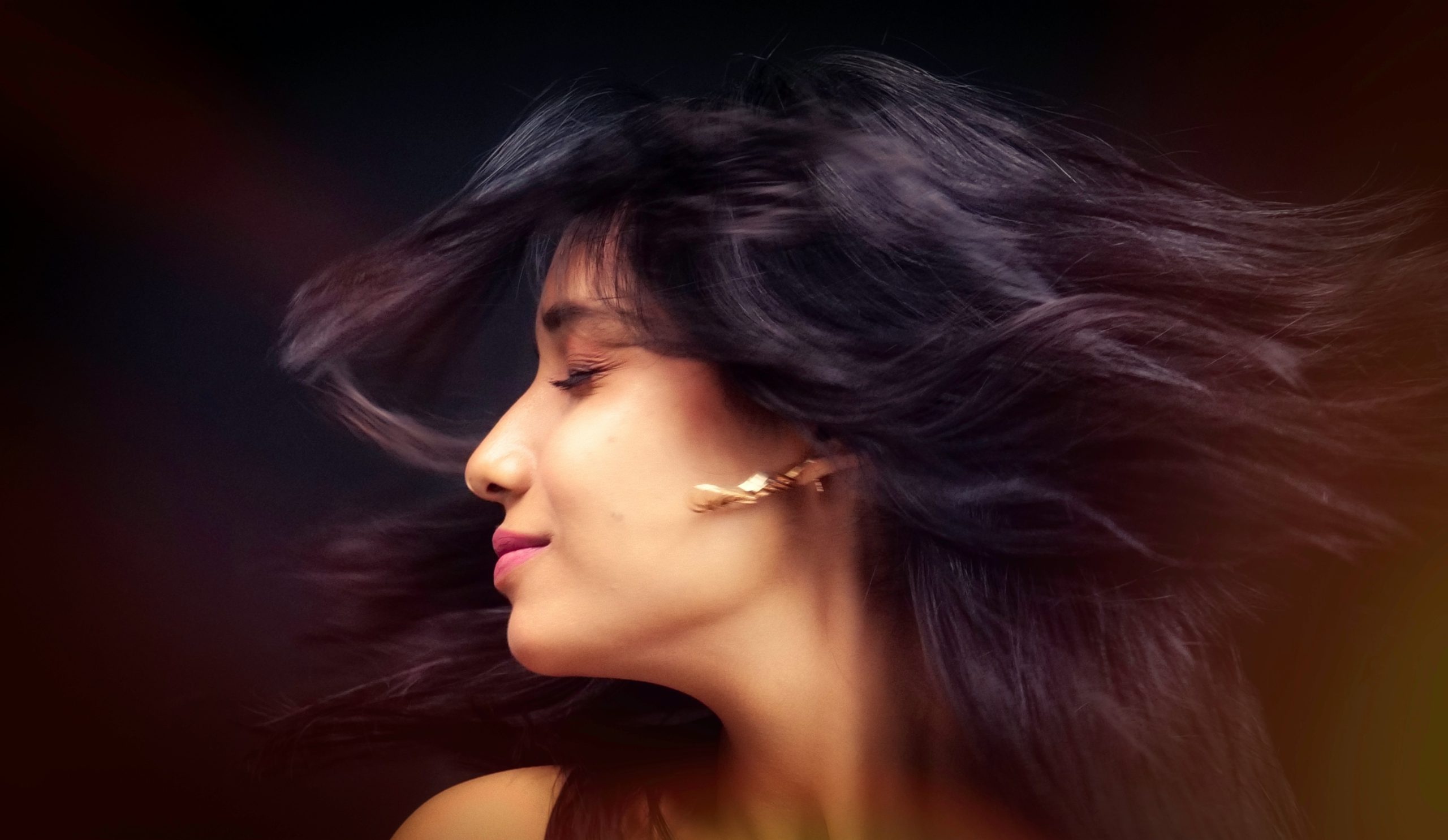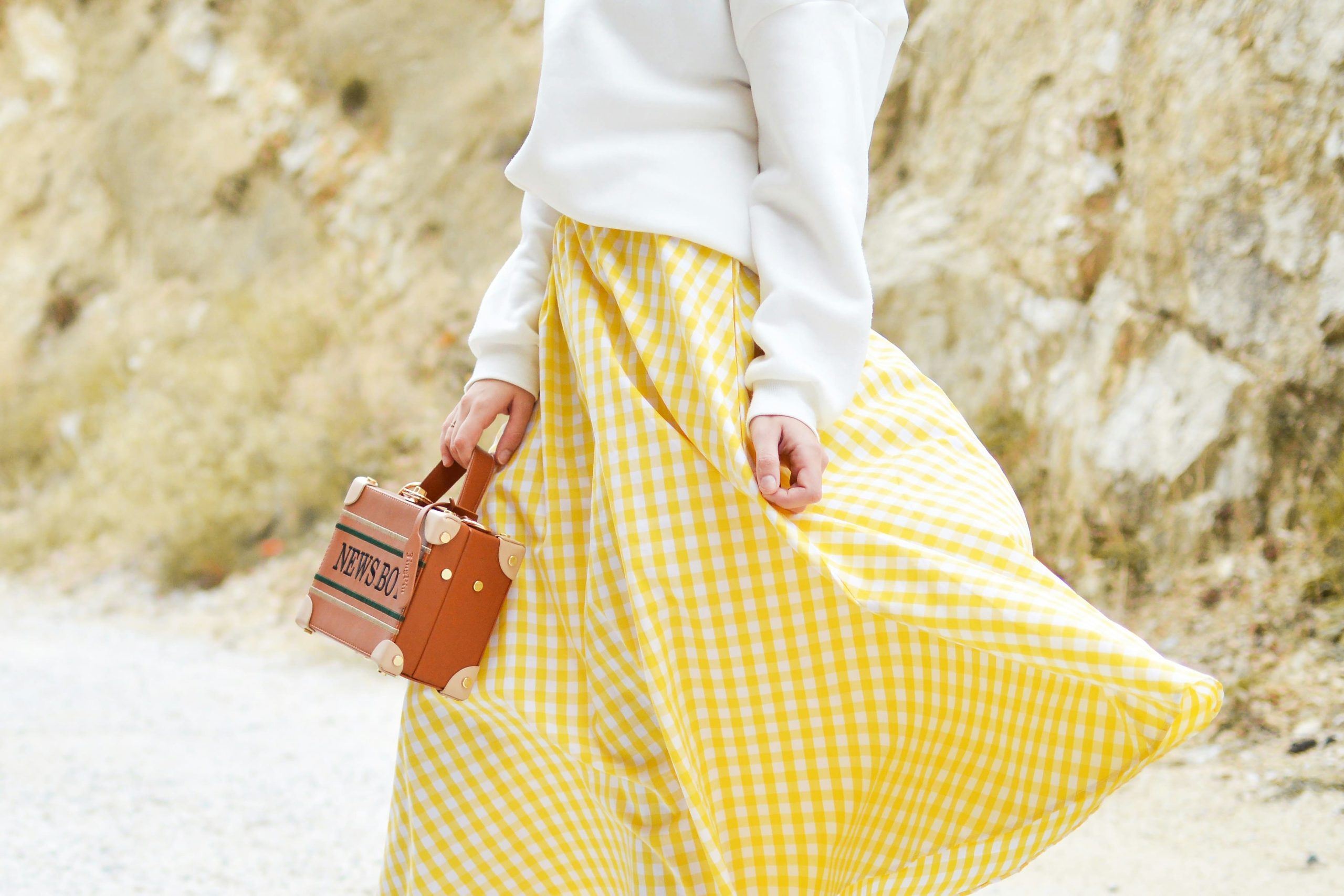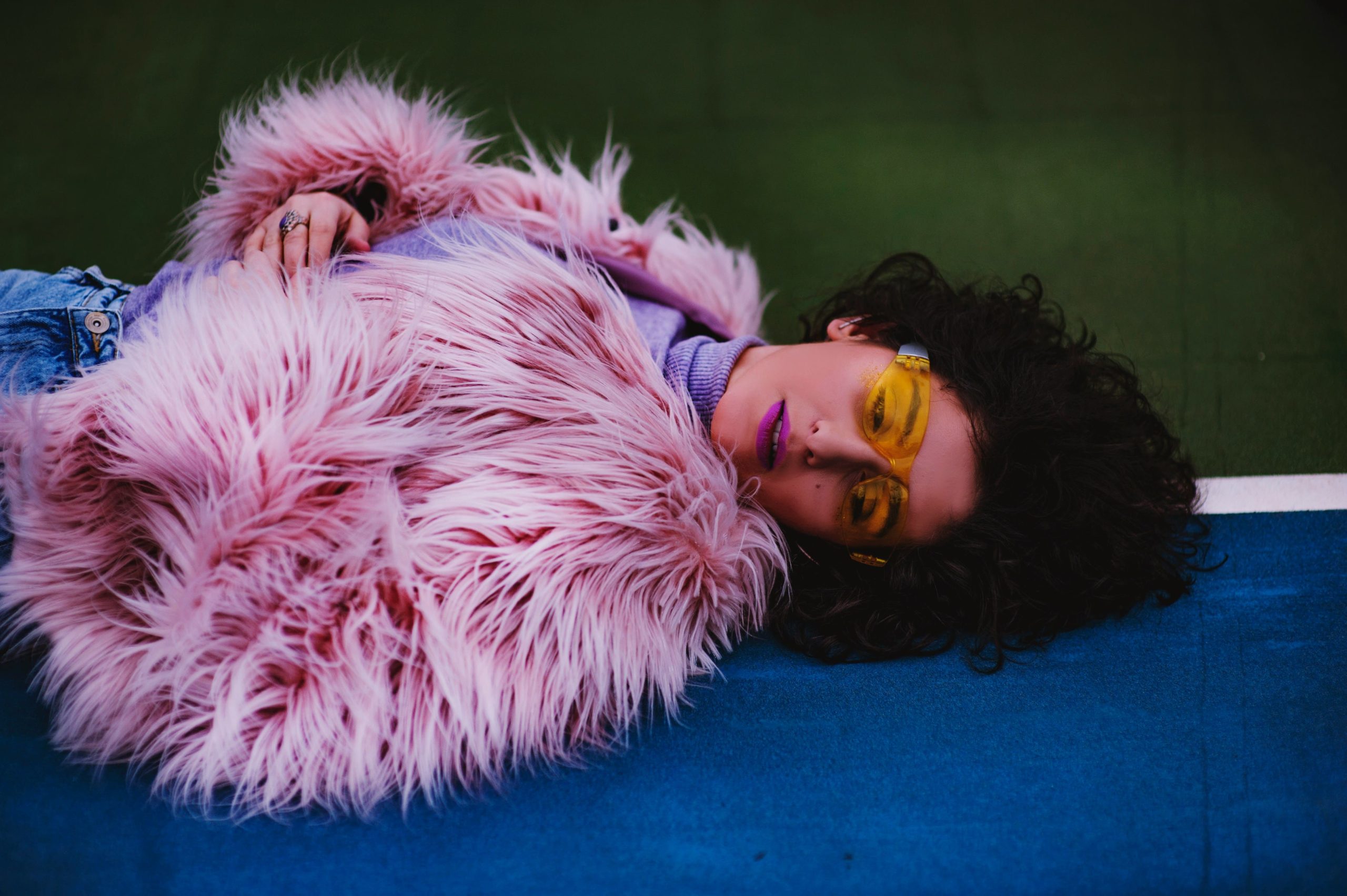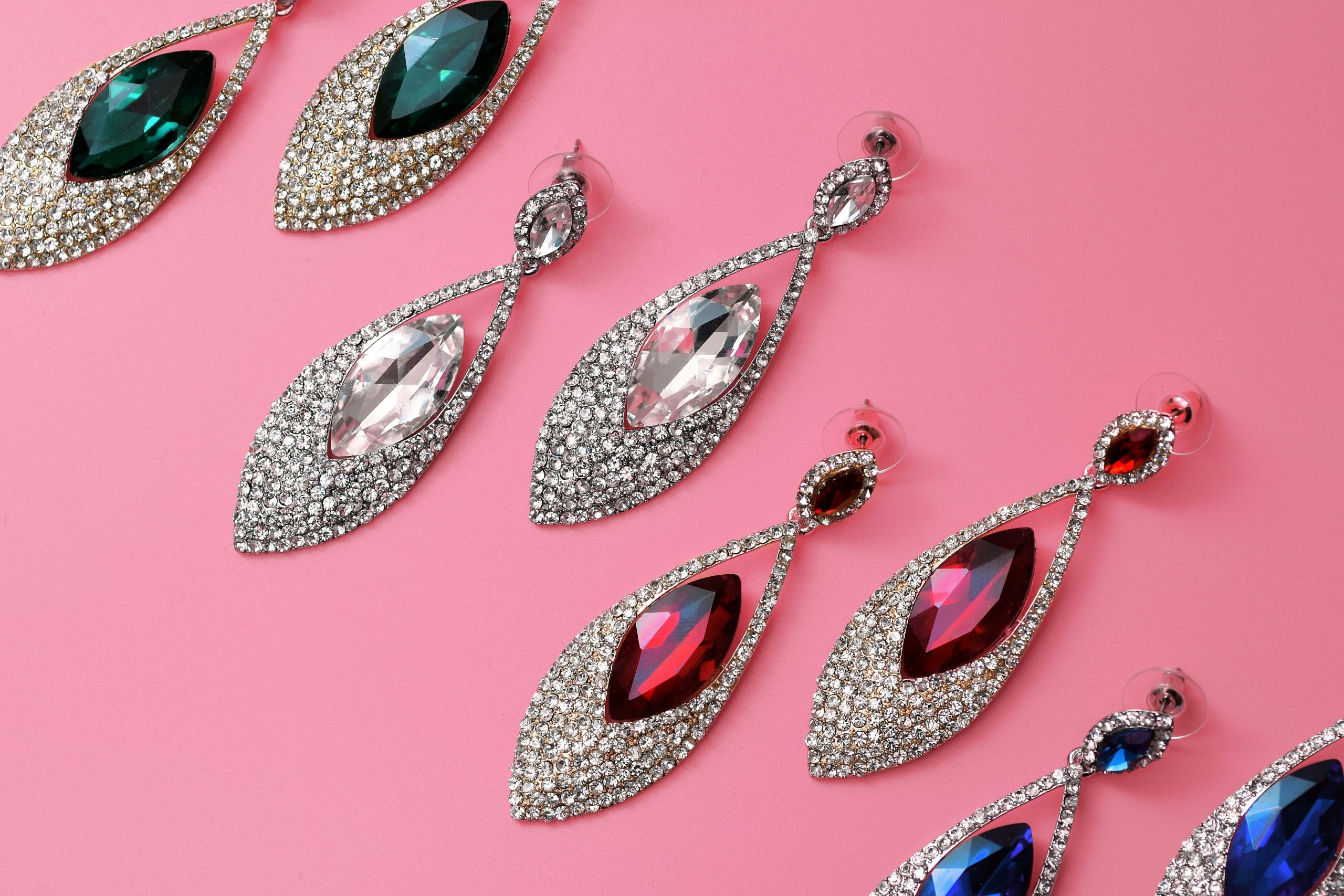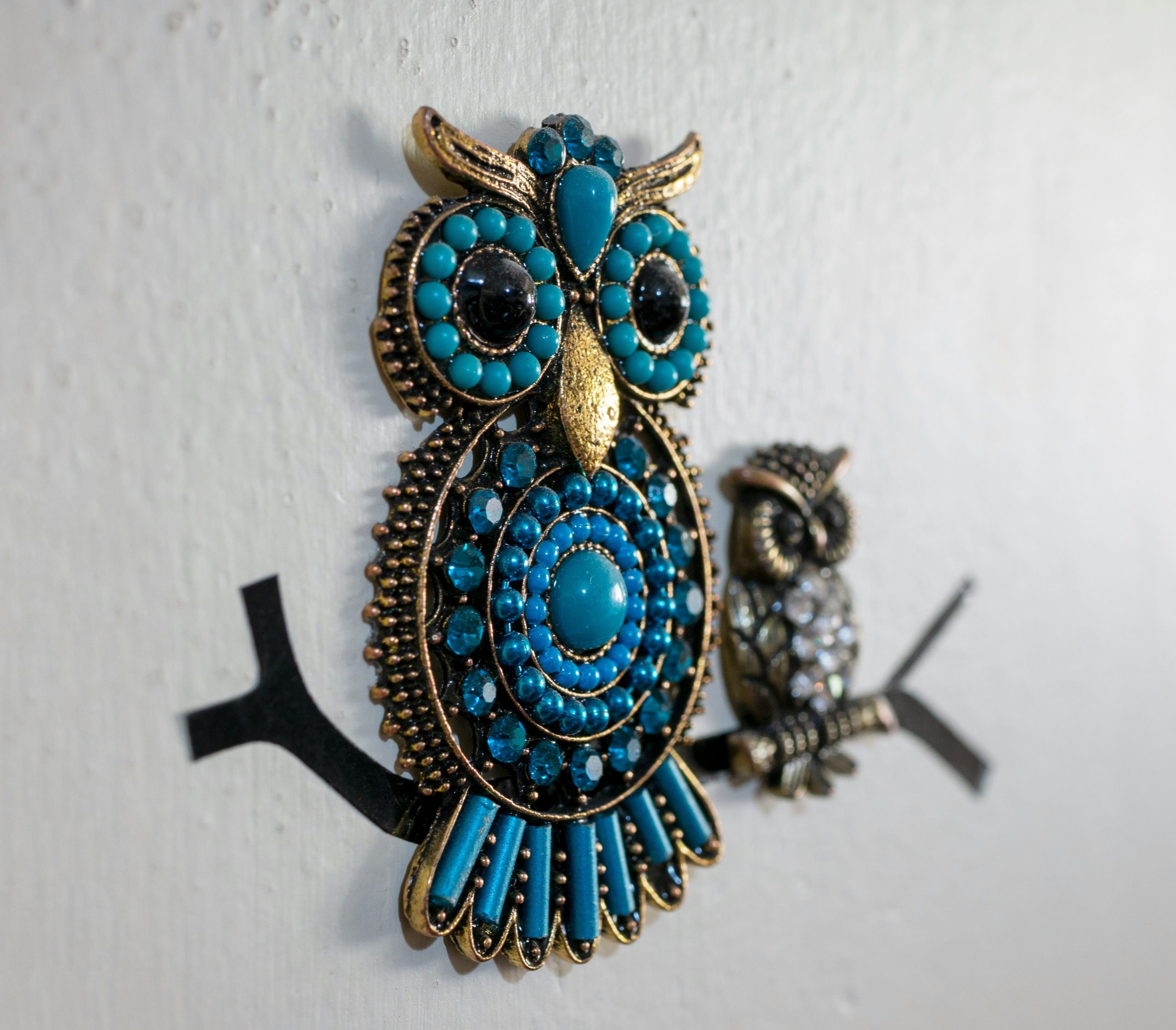Fashion isn’t just about clothes; it’s a powerful form of self-expression. The right outfit has the ability to elevate your mood, boost your confidence, and empower you to take on the world. But how can you cultivate that true fashion confidence—the kind that makes you feel like the best version of yourself, no matter what you’re wearing?
Confidence in fashion starts from within. It’s about understanding your body, embracing your personal style, and stepping into your outfits with purpose. In this guide, we’ll explore how to feel your best in what you wear and how to harness the power of fashion to reflect your unique personality.
1. Understand Your Body and What Flatters It
One of the key elements to fashion confidence is knowing your body type and understanding what clothes work best for you. Embracing your shape and finding clothing that highlights your best features will make you feel more comfortable and confident.
How to Dress for Your Body Shape:
- Hourglass Shape: Emphasize your curves with tailored pieces that cinch at the waist. Fitted dresses, high-waisted trousers, and belts can work wonders.
- Pear Shape: Focus on accentuating your top half with statement tops, blouses with structure, or layered jackets. A-line skirts and straight-leg pants balance out your proportions.
- Apple Shape: Opt for clothes that draw attention to your legs or shoulders. Empire waistlines, flowy tops, and V-necklines help create a more defined silhouette.
- Rectangle Shape: Look for clothing that adds curves, such as peplum tops, belted dresses, and soft, flowing fabrics that create movement and shape.
Remember, there are no “rules” when it comes to body shape—what matters most is feeling good in your skin. Once you find pieces that highlight your favorite features, your confidence will naturally shine through.
2. Embrace Your Personal Style
Fashion confidence is rooted in being true to yourself. Your style should be a reflection of your personality, so it’s important to embrace what you love, not what others say is “on trend.” Whether you prefer minimalism, bohemian, classic elegance, or edgy street style, owning your look is key to feeling your best.
How to Discover Your Personal Style:
- Experiment with Different Looks: Don’t be afraid to try new things. Fashion is about experimentation. Mix and match different styles, colors, and textures until you find what makes you feel most like yourself.
- Look for Inspiration: Draw inspiration from fashion icons, influencers, or people whose style you admire. Pinterest, Instagram, and fashion blogs are great resources for discovering new styles.
- Edit Your Closet: Curate your wardrobe with pieces that align with your true self. If something no longer feels like “you,” it’s okay to let it go.
When you wear clothes that align with your personality, you naturally exude confidence. The right outfit will always feel more authentic when it reflects who you truly are.
3. Invest in the Right Fit
Clothing that fits well doesn’t just look better—it also feels better. When you wear clothes that fit your body properly, you’ll feel more at ease, and that ease will translate into confidence. Ill-fitting clothes, on the other hand, can make you self-conscious or uncomfortable.
How to Achieve the Perfect Fit:
- Know Your Measurements: Get familiar with your bust, waist, and hip measurements, and use these when shopping to choose clothes that fit your body shape.
- Tailor Your Clothes: Don’t hesitate to get your clothes altered for a custom fit. A small tweak, like hemming pants or taking in a jacket, can make a world of difference.
- Opt for Stretch Fabrics: Fabrics that stretch (like cotton blends or knits) allow more flexibility, ensuring comfort while still looking polished.
Once your clothes fit correctly, you’ll not only feel more confident but also more comfortable, and that comfort will shine through in how you carry yourself.
4. Experiment with Colors That Make You Glow
Colors have the incredible ability to influence how we feel. Wearing shades that complement your skin tone and reflect your mood can have a huge impact on your overall sense of confidence. For instance, wearing bright, bold colors can make you feel powerful and energized, while soft tones can give off an air of calm sophistication.
How to Choose Colors That Complement You:
- Determine Your Skin Tone: Generally, people with warm undertones look great in earthy tones (reds, oranges, yellows, olive green), while cool undertones tend to shine in jewel tones (blue, emerald, purple, cool greys).
- Play with Contrasts: Don’t be afraid to experiment with colors that contrast well. For example, if you’re wearing a neutral outfit, a pop of vibrant color in your accessories or shoes can create a bold statement.
- Wear What Feels Right: Ultimately, wear the colors that make you feel good. If you’re drawn to a specific hue, there’s a reason for it—it might resonate with you emotionally or just look stunning on you.
Wearing colors that bring out the best in your complexion and make you feel lively and energized is one of the simplest ways to boost your fashion confidence.
5. Focus on Comfort Without Compromising Style
Fashion confidence isn’t just about looking good; it’s also about feeling good. When you’re comfortable in what you wear, you’re able to move freely and confidently, which naturally translates to how you carry yourself. Whether it’s a pair of well-fitted sneakers, a flowy dress, or a cozy sweater, comfort plays a major role in how you feel about your outfit.
How to Prioritize Comfort in Fashion:
- Choose Versatile Shoes: Invest in shoes that are stylish yet comfortable, such as loafers, ankle boots, or ballet flats. This way, you don’t have to choose between comfort and style.
- Pick Fabrics That Feel Good: Soft, breathable fabrics like cotton, linen, and wool allow your skin to breathe and keep you feeling at ease throughout the day.
- Avoid Overly Tight or Loose Clothing: Clothing that’s too tight can make you feel restricted, while overly baggy pieces might make you feel swamped. Look for a balance that makes you feel both stylish and at ease.
Remember, when you feel comfortable in your clothes, it’s much easier to radiate confidence and self-assurance.
6. Own Your Look and Walk with Confidence
Fashion isn’t just about what you wear—it’s about how you carry yourself. Confidence comes from owning your look and walking with a sense of pride. Whether you’re wearing a tailored blazer or a casual tee, the way you hold yourself will make all the difference.
Tips for Building Fashion Confidence:
- Stand Tall: Good posture can transform your look and make you appear more confident. Straighten your back, pull your shoulders back, and stand tall.
- Smile and Be Yourself: Confidence shines through when you are comfortable in your own skin. Smiling can instantly boost your mood and energy, helping you feel even more confident in your outfit.
- Take Your Time: Don’t rush your outfit choices. Take the time to look in the mirror, adjust what doesn’t feel right, and ensure you’re comfortable before stepping out the door.
When you own your style with confidence, others will notice your self-assured presence—and that’s one of the most powerful ways to feel your best in what you wear.
Conclusion:
Fashion confidence isn’t about following trends or fitting into society’s expectations—it’s about wearing what makes you feel powerful, comfortable, and true to yourself. When you understand your body, embrace your personal style, and choose clothes that fit and flatter, your confidence will naturally shine through. Remember, fashion is an opportunity to tell the world who you are, so wear what makes you feel incredible—because when you feel good in what you wear, you’ll exude confidence in every step.
